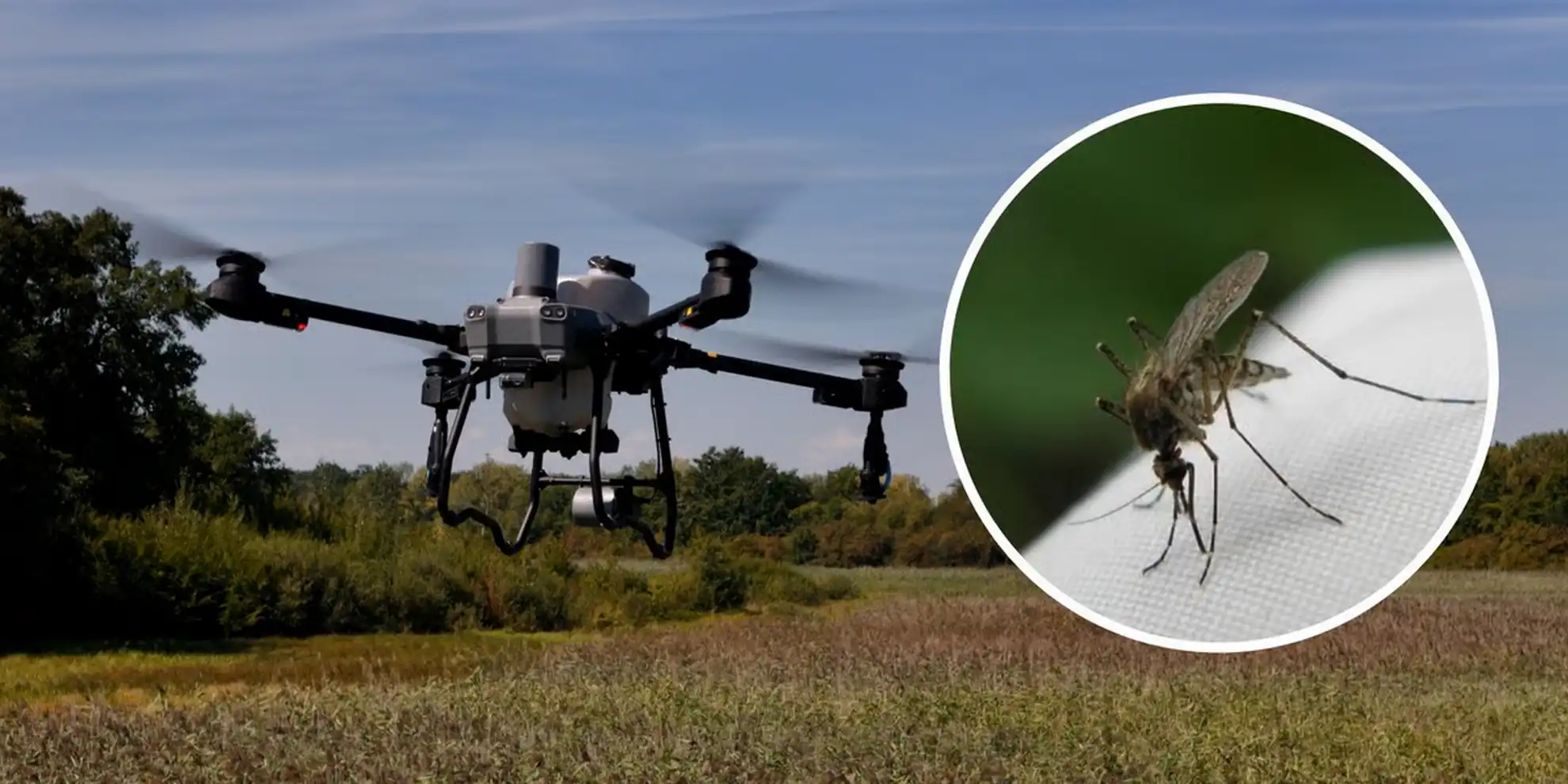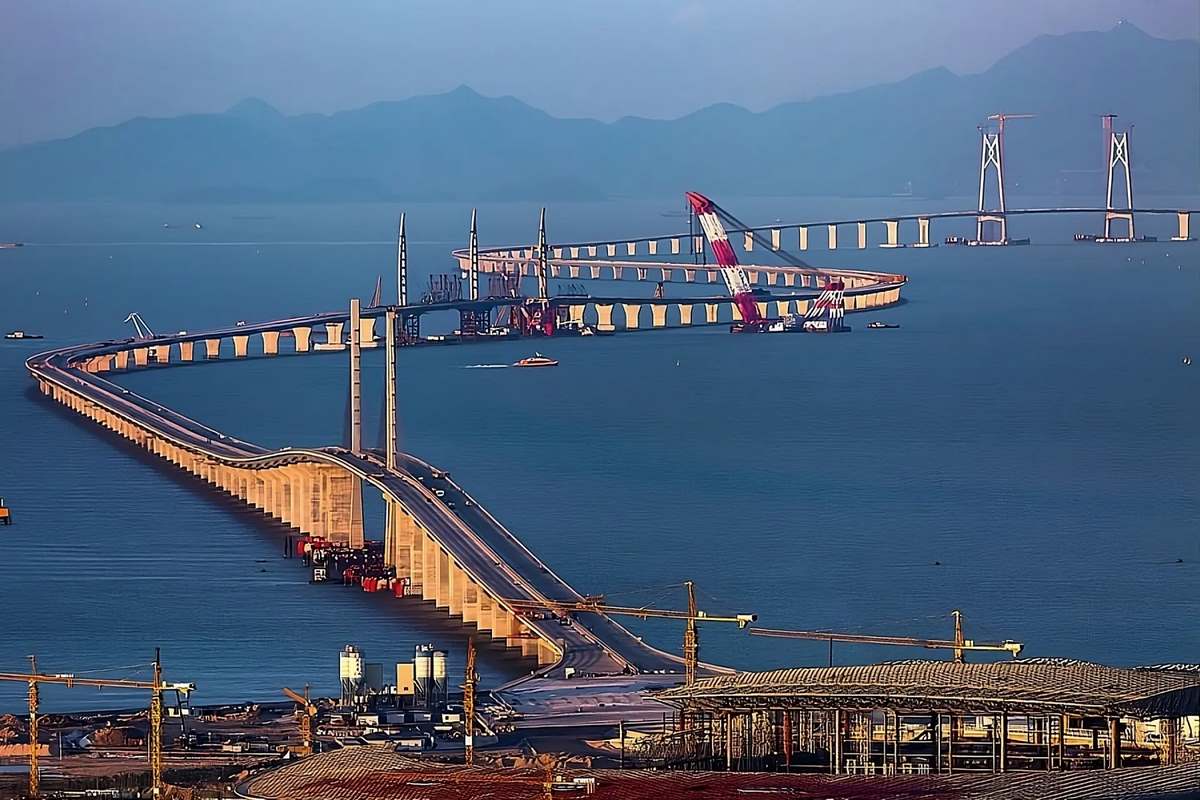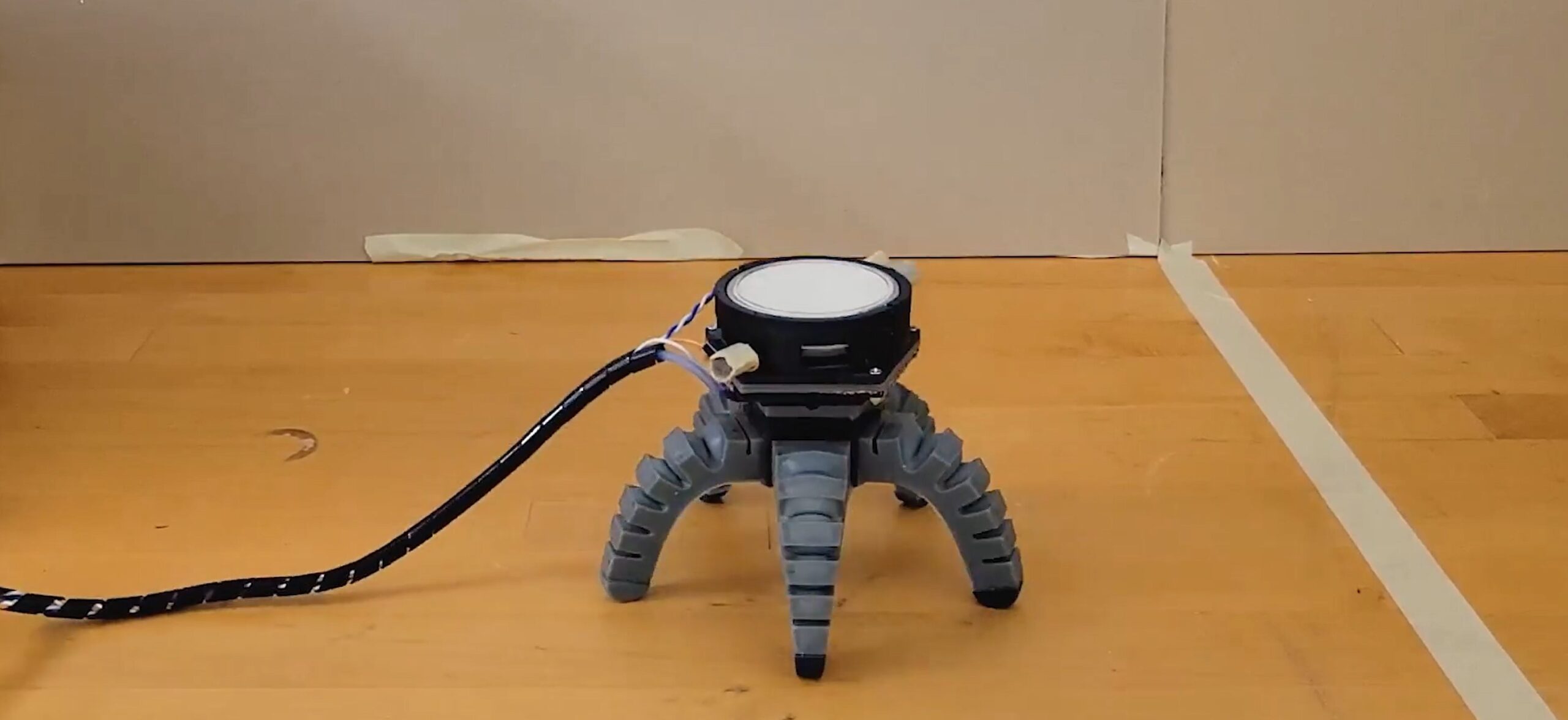In Ghana, Kenya, Japan, Poland and probably other countries as well, it’s now the mosquitos who fear the sound of buzzing—from drones built to detect and destroy them.
Economies of scale and widespread adoption has reduced the price of drones by around 20% since 2018, putting them under the cost of malaria medication and mosquito-proof bed nets, said one Kenyan malaria policy advisory.
Mosquito-borne diseases like malaria, yellow fever, and West Nile virus kill around 700,000 people every year, and it was recently estimated that 60 billion Homo sapiens have been killed by these diseases since we first evolved—an estimation of half of all the human beings to ever live.
The vast majority of these deaths will have occurred in the tropics, particularly in the countries located in Africa’s malaria belt. These nations are the focus of intense mosquito control efforts, and recently, Japan’s SORA Technologies has been impressing locals with their system of drone-based mosquito eradication.
Kenya sees more than 5 million malaria cases per year and 12,000 deaths from the disease. It’s been a heartbreaking, almost insurmountable impediment to child survival and economic growth for generations.
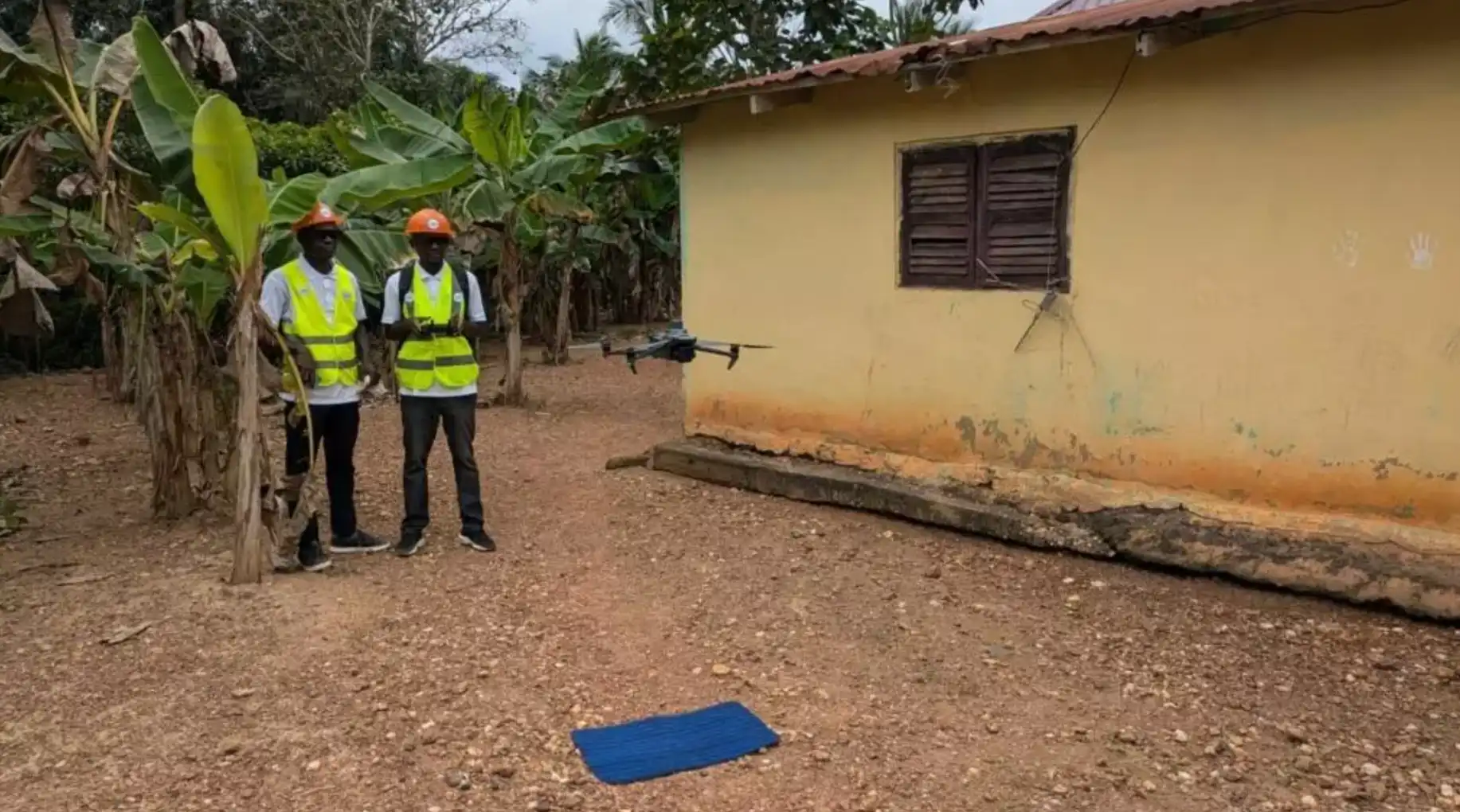
“I was shocked at how many children still die from malaria, which can be prevented and cured. We thought that if we could add AI and aerial monitoring to the mix, we could end the cycle,” SORA Technology co-founder and CEO Yosuke Kaneko told French outlet RFI. “Drones allow us to access areas that health personnel often have difficulty reaching in a timely manner, safely and with accuracy that does make a real difference”.
The SORA operators send the drones out to scan areas like riverbanks and fields on the lookout for standing water where mosquitoes lay their eggs. When an infestation is found, the drone descends to drop a larvicide agent, ending the potential outbreak before it breaks out.
Kaneko says ministries of health, community leaders, and local drone pilots are always involved in training and dispersal of the method to ensure it has support at both a grassroots and administrative level.
“The technology only works if the people it’s supposed to help trust it”.
Dr. Peter Okeke, a malaria policy advisor who is based in Kenya’s Abuja, believes drones are firmly ensconced in the future of malaria control.
“It’s smart prevention–cheaper than treatment, more humane than reacting to outbreaks and, ultimately, more sustainable,” he told RFI.
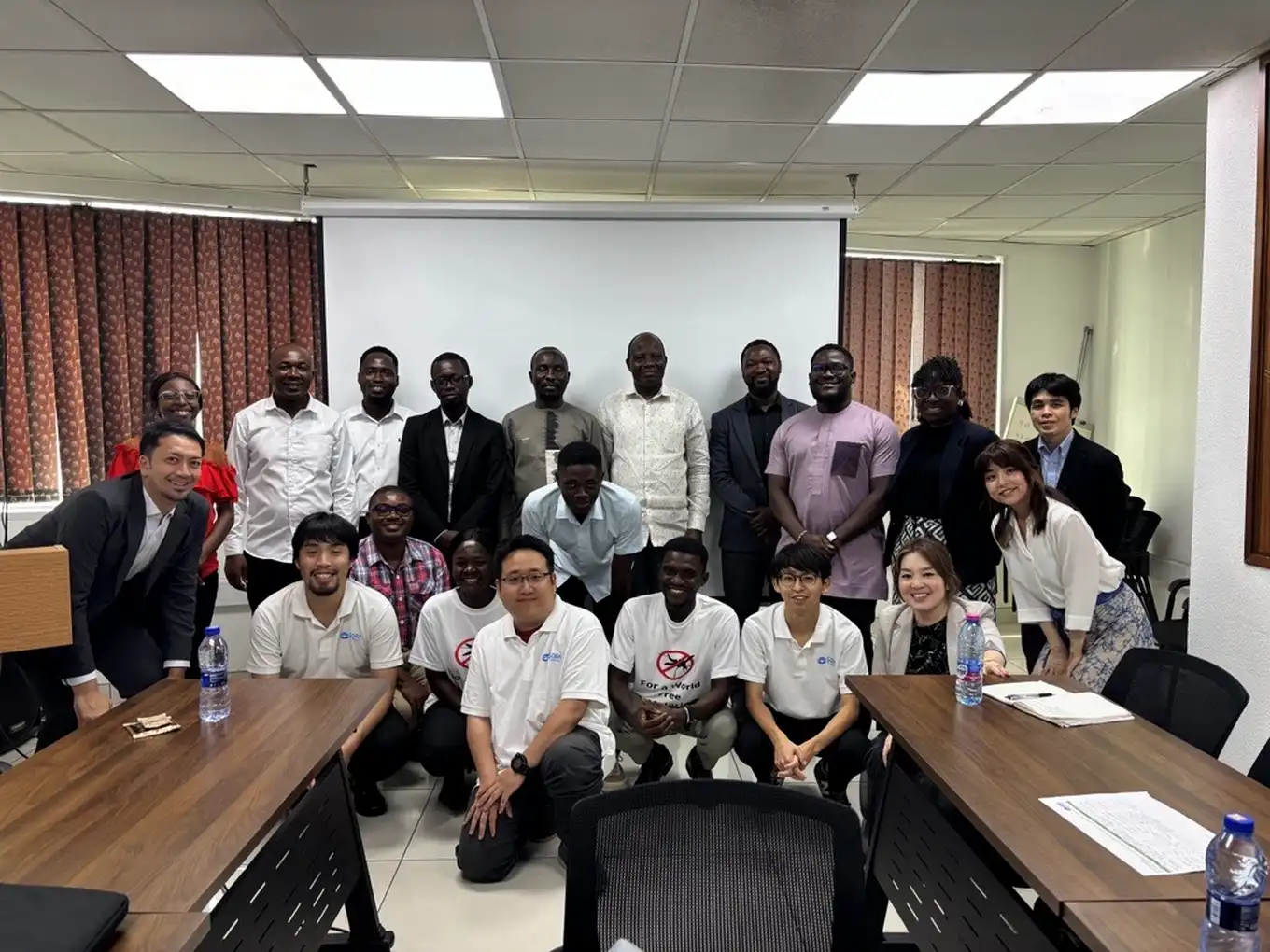
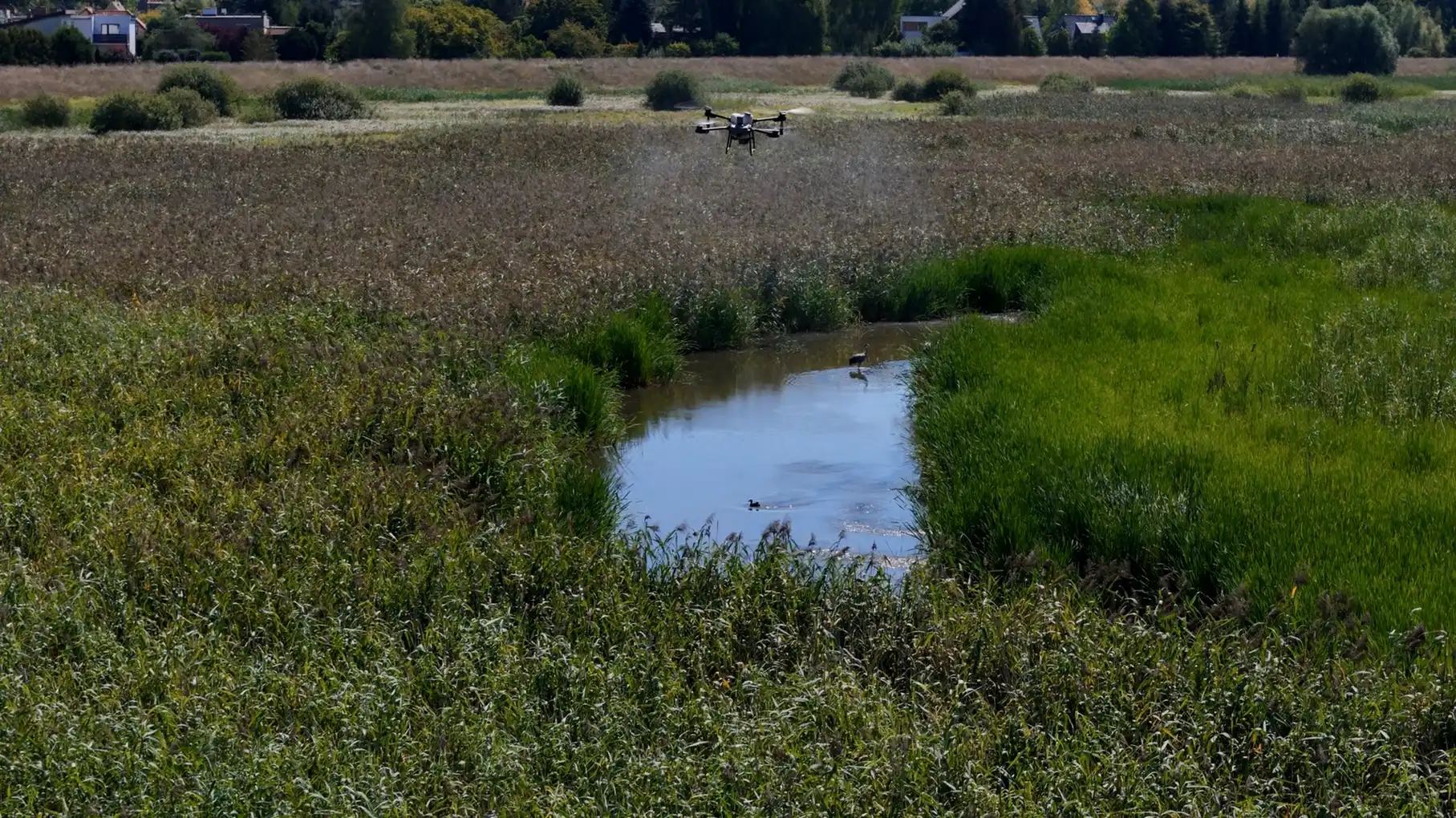
Battlefield Europe
It isn’t just Africa where mosquito control is done by drone. Every summer in the humid city of Wroclaw, drones patrol the area’s numerous reservoirs, identifying high risk sites of of mosquito breeding and spraying a non-toxic larvicide to quell their numbers.
This has been ongoing for 27 years, where monitoring is undertaken at 300 sites between March and October.
“The drone allows us to reach places where humans have no chance – oxbow lakes, rushes or backwaters. Thanks to this, we can perform procedures faster and more accurately,” says the drone operator, Dr. Piotr Jawień, at ECO Dron. “The preparation we use works only on mosquito larvae and is completely safe for other organisms”.
Both West Nile and chikungunya, two diseases spread by mosquitoes, have “become the normality” in Europe, said Pamela Rendi-Wagner, the director of the European Center for Disease Control.
Record numbers of cases have been reported this year, including 274 in Italy and 35 in Greece. 335 total cases were reported across Europe, resulting in 19 deaths. As a result, efforts to control mosquito populations have increased. A similar phenomenon is occurring in the United States as well.
One drone-based startup is suggesting that their system is perfectly adapted to European lifestyle by avoiding chemicals and working in tight confined areas like private gardens and small towns. Tornyol claims their system is 25x better than CO2 traps, and can protect 14 football fields of space with a single drone.
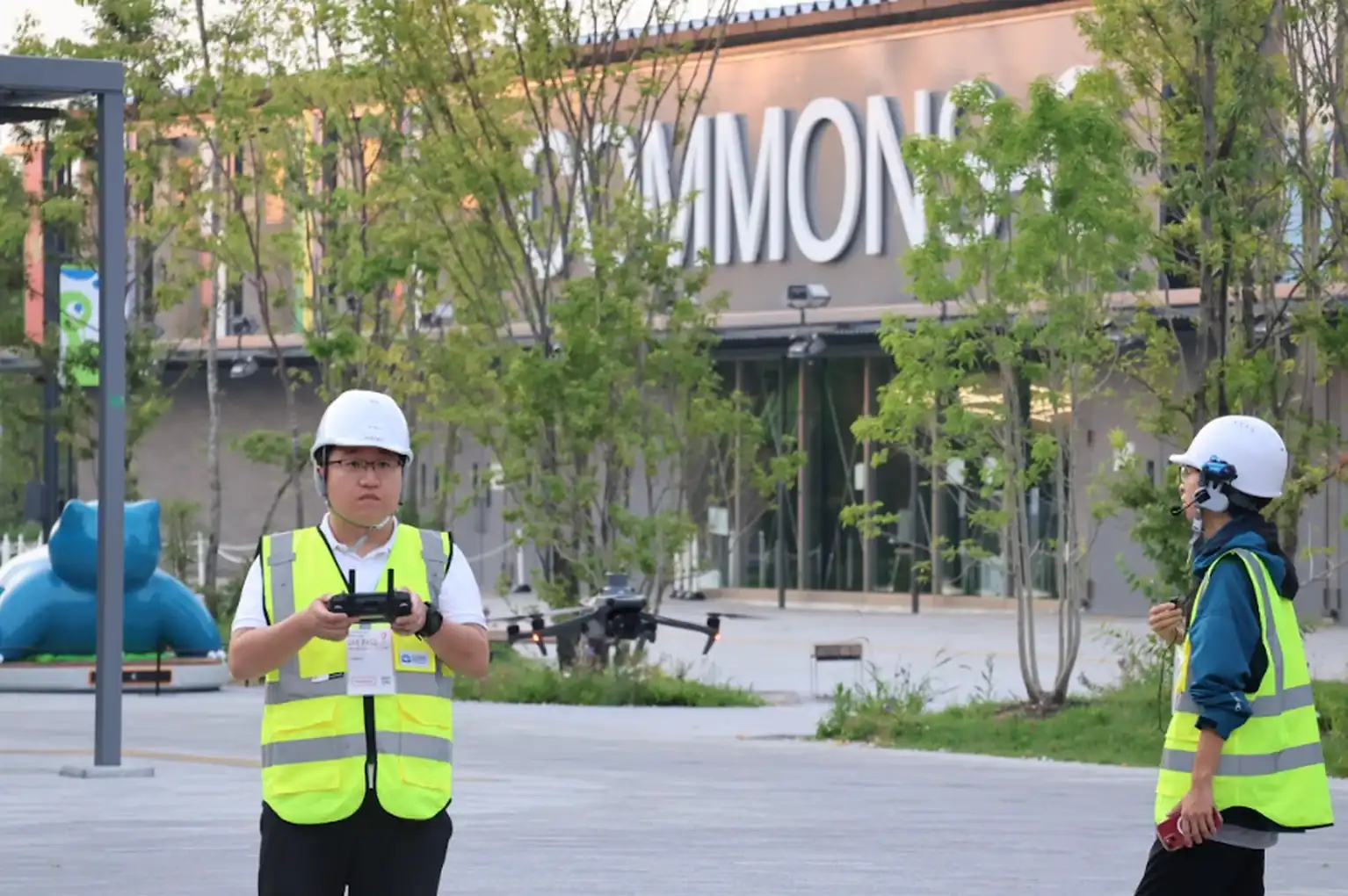
It uses an array of 380 microphones to detect mosquitoes via sonar. It recognizes the specific wing beat pattern that differentiates mosquitoes from other insects, and then uses AI to detect their flight path; intercepting and ramming the pest. The device is currently available for pre-order for the cost of your average lawnmower.
It’s suspected that rising global temperatures are permitting the spread of tropical diseases beyond the tropics, which if true would mean this is not a temporary problem but one which multiple future generations will face. Indeed, SORA isn’t focusing exclusively on Africa.
The Japanese home islands—hardly tropical—are also experiencing mosquito-borne viral infections which a press release from the company mentioned was potentially due to climate changes.
At the Osaka-Kansai Expo, SORA deployed their drones for mosquito control around the convention center. The operating team of 5 were able to not only to map the locations of drainage systems, but also detect puddles on the rooftops of national pavilions and other structures, thereby identifying potential mosquito breeding sources. WaL
We Humbly Ask For Your Support—Follow the link here to see all the ways, monetary and non-monetary.
PICTURED ABOVE: A polish drone used for mosquito control in Wroclaw. PC: UMW, released / Pixabay.
